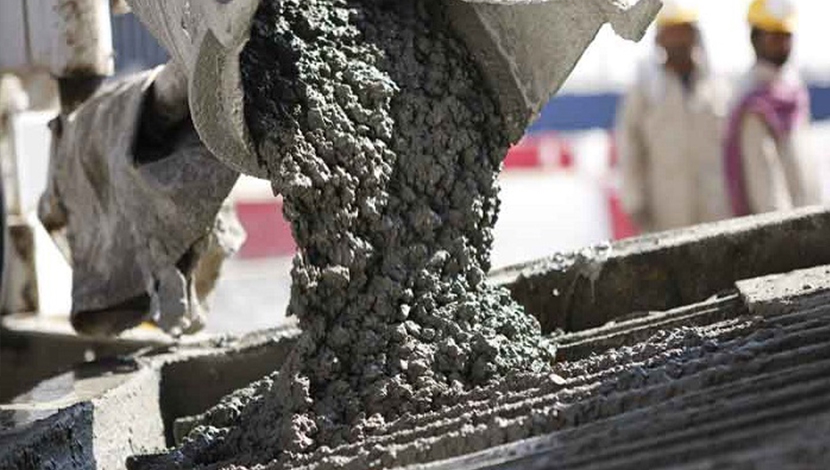

Making cement is thought to produce 5% of all global greenhouse gas emissions from fossil fuels and factories. But this building block of modern civilization may eventually suck some of that carbon dioxide (CO2) back up – enough to cancel nearly a quarter of the gases released making cement, according to a new study.
To make cement, limestone (calcium carbonate) is turned into lime (calcium oxide) by baking it at temperatures topping 1000°C. That conversion releases copious amounts of CO2 – half cement’s total greenhouse gases. The other half comes from fossil fuels used to heat cement kilns.
However, the mortar, concrete, and rubble from demolished buildings can gradually absorb CO2 through carbonation. As CO2 from the air enters tiny pores in the concrete, it encounters a variety of chemicals and water trapped there. The ensuing reactions convert the CO2 into other chemicals, including water. Still, just how much CO2 the world’s cement soaked up had never been estimated.
So a team of Chinese scientists, including physicist Zhu Liu, now at the California Institute of Technology in Pasadena, set out to do just that.
They compiled data from studies of how cement is used, including the thickness of concrete walls, the quality of concrete used in different structures, the life spans of concrete buildings, and what happens to the concrete after the buildings are torn down. The scientists also visited construction sites around China – the world’s largest producer of cement – to get more accurate estimates of factors that influence how much CO2 the cement absorbs.
In the laboratory they calculated the carbonation rate in mortar and concrete in different settings. The information formed the underpinnings of a computer model that the scientists ran 100,000 times to see how the final estimates changed as different variables were tweaked.
The researchers estimate that between 1930 and 2013, cement has soaked up 4.5 gigatons of carbon or more than 16 gigatons of CO2, 43% of the total carbon emitted when limestone was converted to lime in cement kilns, they report online in Nature Geoscience. That’s more than 20% of the carbon soaked up by forests in recent decades, they write.
In future inventories, cement will need to be added to the list of things that absorb carbon from the atmosphere.
Because cement effectively cancels part of its impact over time, the results might also help guide strategies for reducing its carbon footprint. Bigger gains could come from shifting away from fossil fuels to make the cement.
It’s conceivable, he says, that in the future cement could even suck up more CO2 than it produces. But that, they says, would take switching away from fossil fuels, and finding a way to capture and dispose of the gases coming from the limestone at cement factories.

